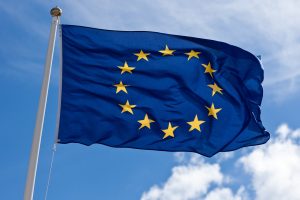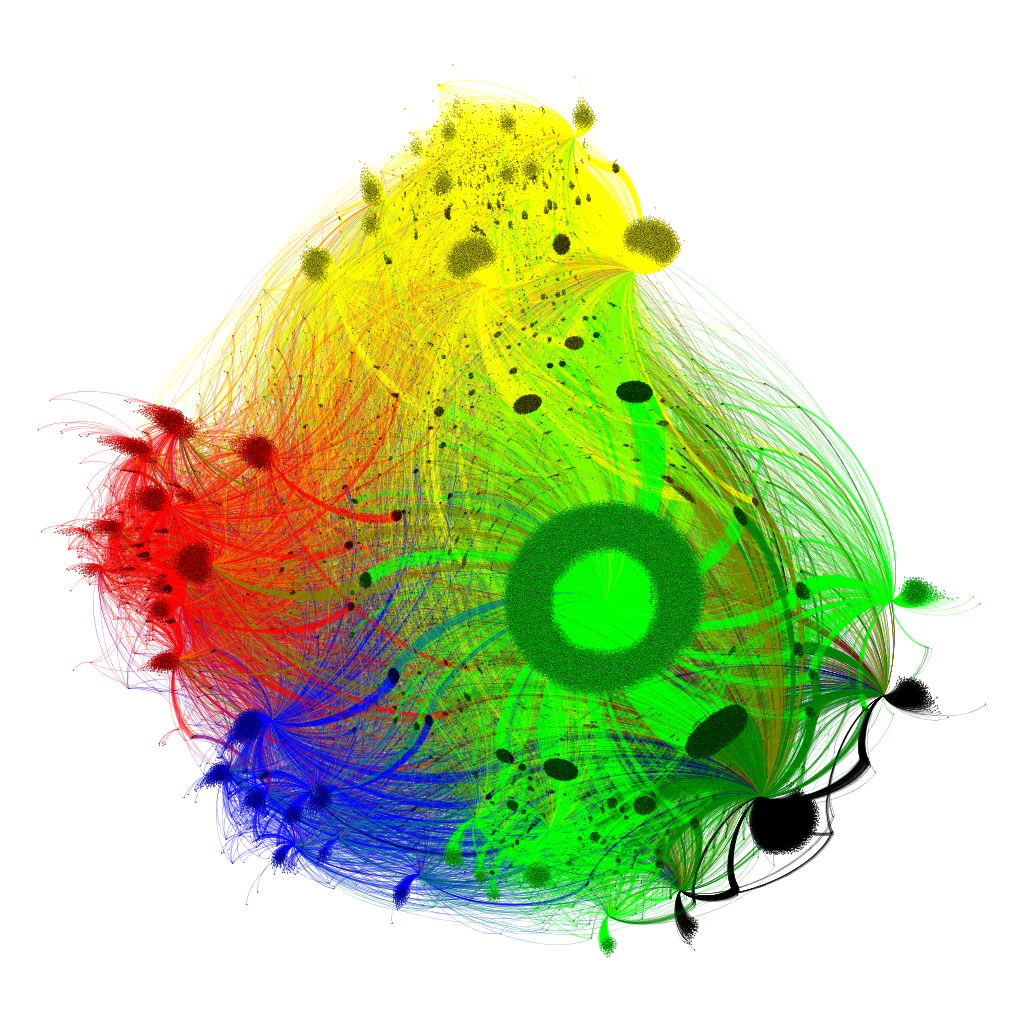
- M. Trevisan, L. Vassio, I. Drago, M. Mellia, F. Murai, F. Figueiredo, A.P.C. Silva, J.M. Almeida. Towards Understanding Political Interactions on Instagram. In: Proceedings of the 30th ACM Conference on Hypertext and Social Media (HT’19), pp. 247-251, 2019. DOI: https://doi.org/10.1145/3342220.3343657 (Arxiv version)
- C.H. Gomes Ferreira, F. Murai, A.P.C. da Silva, J.M. Almeida, M. Trevisan, L. Vassio, I. Drago, M. Mellia. Unveiling Community Dynamics on Instagram Political Network. In: 12th ACM Conference on Web Science (WebSci ’20). Association for Computing Machinery, 231-240, 2020. DOI: 10.1145/3394231.3397913
Social networks allow personalities and companies to communicate directly with the public, without the filter of traditional media. People rely on social networks to keep up to date with their hobbies or interest. Recently the political debate has also moved online.
Here we present an ongoing study on the interactions between influencers and followers on Instagram, one of the quickly growing social networks in recent years. We focus on comparing the use of this tool by politicians, in Italy, in the period before and after the 2019 European elections held between the 26th of May 2019. Since January 2019, we started following the activity of tens of thousands of influencer profiles on Instagram in different categories: politics, music, sport and entertainment. We record posts, observe user likes, mentions and comments.
The results show that politicians and users interact in a very different way compared to the influencer categories:
- The number of posts by politicians grew by a factor of 3 before the election day, and returned at the previous level immediately after.
- Curiously, the number of comments does not show any increase, and stays constant for the whole period.
- People comment more on politicians’ posts than musicians, films and sporting events
- Most comments to politicians‘ posts come from a small group of very active users, but most users enter only one comment at most
- Comments towards politicians are longer, and users engage in debates that last longer
- Users often reply to previous comments, without being explicitly asked to comment
The comparison between the behavior of the network with respect to the different political parties also shows wide differences:
- Lega profiles post 3-5 times more than other parties, and followers comment 10-20 times more than on other political groups.
- The Instagram interaction graph clearly shows that few profiles that monopolise the communications.
- While PD and M5S have different influencers that attract user interaction, Lega and FdI are monopolised by the profiles of their leaders
Below we present some metrics that summarize the interaction with the profiles and the level of debate that each post generates. The metrics are relative to the number of followers. In this way it is possible to compare also profiles with very different users. For example, a post by Beyonce (128 million followers) will obviously attract many more comments and likes than a post by Angela Merkel (900 thousand followers), but what is the level of interaction of these followers? How do the people who comment on these posts interact with each other?
The following graphs are updated daily and report the results day by day. To zoom in, select the area of interest with the mouse (left button). To restrict the image instead by enlarging the time horizon (zoom-out) double click (left button) several times until you reach the area of interest. To select a single curve, click on the name in the legend. Missing data in the time series are due to outages of our monitoring system, we are currently working to recover those data.
Categories: music, politics, show and sports profiles. In Italian politics the results are limited to the first 4 top parties of the Italian political elections of 2019: 5 Stars Movement (M5S), Democratic Party (PD), League, and Forza Italia (FI). For more details, consult the lists of monitored public profiles.
Number of posts per day
The graphs show the total number of posts per day in absolute value. In general, political profiles publish many more posts than influencers in other categories. There is also a clear increase in the number of posts over time. Among the political profiles, League and M5S produce many more posts than PD and FI. Notice how the number of posts for all 4 parties increased while approaching European elections in May 26th 2019 .
Number of comments per day
Looking at the total number of comments per day, there are no particular differences compared to the other influencer categories. Instead in the breakdown for parties, we see how the League attracts many more comments than the other political groups, even collecting 10 times more comments than the M5S. Interestingly, the number of comments doesn’t grow despite the growth in the number of posts seen above.
Comment length
The length of the comments indicates how complicated is the message and reasoning of the discussions. Here, politicians have a much higher level of detail than the other categories. Interesting as the comments of the League and FI are shorter (about 75 characters), compared to PD and M5S (about 100 characters per comment).
Relative level of debate in posts
Here we measure the relative level of debate in posts. It is calculated as the fraction comments that are answered (a comment that is mentioning another user who previously commented).
Here we see that the PD gathers much more debate. The commentators of FI and the League instead respond less frequently to previous comments.
Relative level of interaction in posts
This metric quantifies the relative level of interaction in posts. It is calculated as the geometric means of the number of comments and the number of likes. The peak seen around 7th of February for music is due to the Sanremo festival, a popular music show in Italy – where the number of likes exploded (not much the number of comments or posts). In general, politicians attract more comments than like than other categories (look at the individual categories to see how the scale changes on the Y axis). Among the parties, the PD attracts relatively more comments than like, still a sign of a more participated online debate.
Level of monopolization of comments by a few commentators
This metric quantifies the level of monopolisation of comments. It indicates in particular how the comments are polarised by a few users. Zero indicates total homogeneity (all commenters enter the same number of comments) values close to one indicates a single user entered the majority of comments.
Observe how the comments to politicians tend to be produced by a few users, with a monopolisation index of almost 0.4 against 0.2 of the other categories. This seems to be true for all parties, without major differences.
The interaction map for politicians

This graph shows influencers and commentators. Each node is a user. Each edge is a comment of Alice to profile Bob. Influencers have a large number of commenters. Edges are coloured according to the political party of the influencer (Yellow: M5S – Green: League – black: FdI – Red: PD – Blue FI). Users are coloured according to the political party to which they comment most.
We observe that
- Most users post few comments, to only one influencers – so that they have one edge only
- The few users that comment on more profiles tend to still stick within the same party
- This creates clusters of users which tend to interact with other users with the same political ideas
Detail of the collected data and other statistics:

People involved in this research:
- Martino Trevisan, Politecnico di Torino (Italy)
- Idilio Drago, Politecnico di Torino (Italy)
- Luca Vassio, Politecnico di Torino (Italy)
- Marco Mellia, Politecnico di Torino (Italy)
- Flavio Figueiredo, UFMG (Brazil)
- Fabricio Murai, UFMG (Brazil)
- Ana Paula Couto da Silva, UFMG (Brazil)
- Jussara M. Almeida, UFMG (Brazil)

